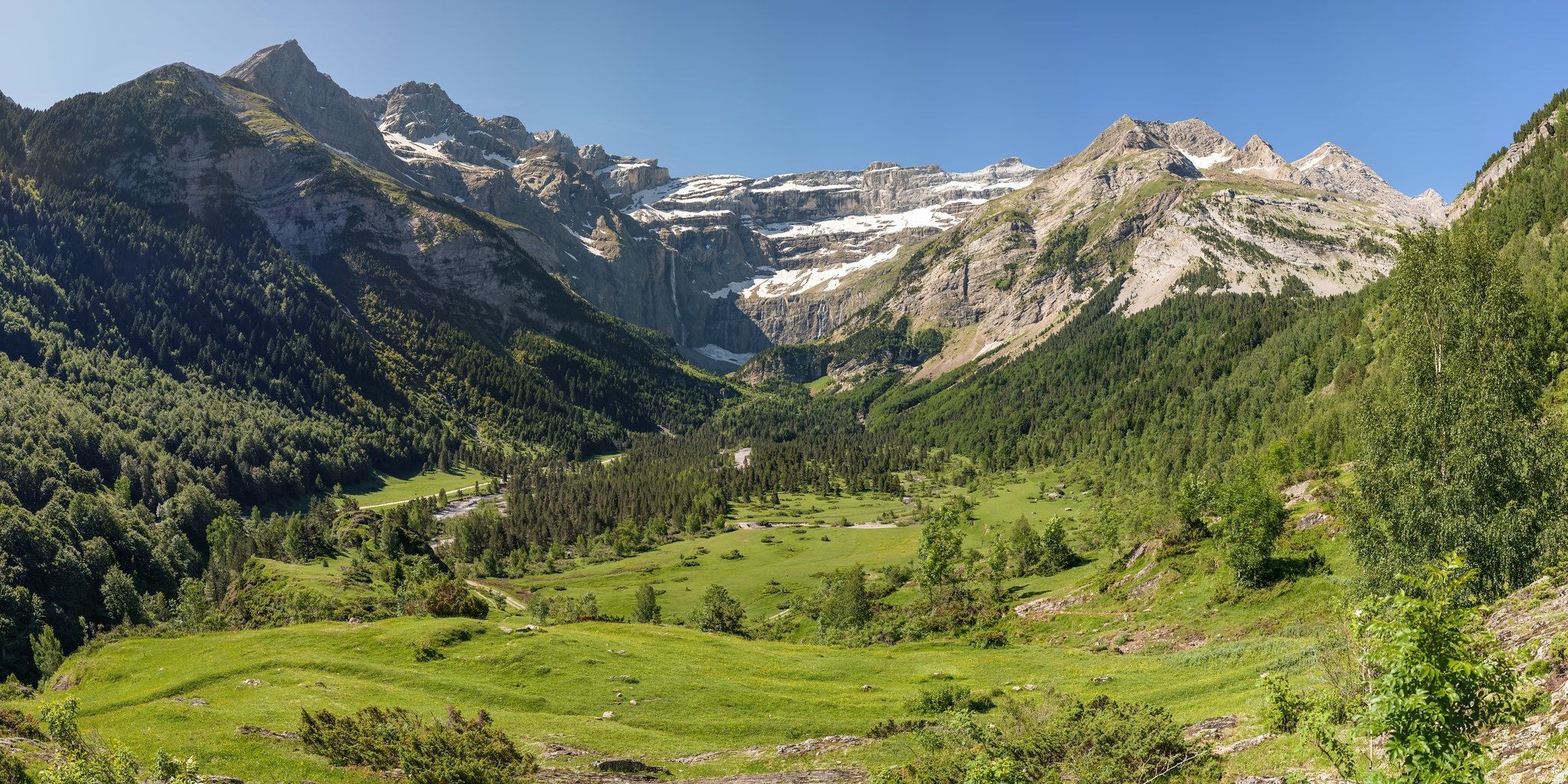Description
The Haute Randonnée Pyrénéenne (HRP) is the ultimate Pyrenean challenge, a high-level traverse that follows the mountainous spine dividing France and Spain. Conceived by Georges Véron in 1968, it is not a single, waymarked trail but a concept—a "walker's route" that stays as high as possible, frequently crossing the border to find the most logical and spectacular path through the mountains. This philosophy sets it apart from the more pastoral GR10 (in France) and GR11 (in Spain), which tend to follow valleys. The HRP is a journey for the experienced and self-reliant mountaineer, demanding excellent navigation skills, fitness, and a willingness to embrace solitude.
The defining characteristic of the HRP is its wildness and the autonomy it requires from the hiker. The route passes through some of the most remote areas in Western Europe, where one might not see another person for a full day. This remoteness necessitates carrying a tent and several days' worth of food, as mountain huts can be days apart. This level of self-sufficiency fundamentally shapes the experience, transforming it from a simple trek into a genuine wilderness expedition. The HRP offers an unparalleled immersion into the raw, untamed beauty of the Pyrenees, far from the crowds of the Alps, and represents one of the great long-distance hiking adventures in Europe.
Route
Loading map...
Elevation
Loading elevation chart...
Getting There & Back
The Haute Randonnée Pyrénéenne (HRP) is a coast-to-coast traverse of the Pyrenees, starting at Hendaye on the Atlantic and finishing at Banyuls-sur-Mer on the Mediterranean. The western terminus, Hendaye, is well-connected by train to major cities in France and, via the border town of Irun, to the Spanish rail network. The eastern terminus, Banyuls-sur-Mer, also has good public transport connections. The logistics during the trek itself are a primary source of its difficulty; the route passes through very remote areas, requiring careful planning for resupply in the small villages it occasionally intersects.
Accommodation
Due to the trail's remoteness, accommodation is a mix of staffed mountain refuges, unstaffed shelters (cabanes), and mandatory wild camping.
- Refuge Wallon: A large, classic French refuge in the heart of the Parc National des Pyrénées, serving as a key hub in a popular section of the trail.
- Refuge de Tuquerouye: The highest and oldest refuge in the Pyrenees, a small, unstaffed shelter in a spectacular, high-altitude setting.
- Refugio de Viados: A well-regarded Spanish refuge (refugio) known for its excellent food and strategic location in the central Pyrenees.




